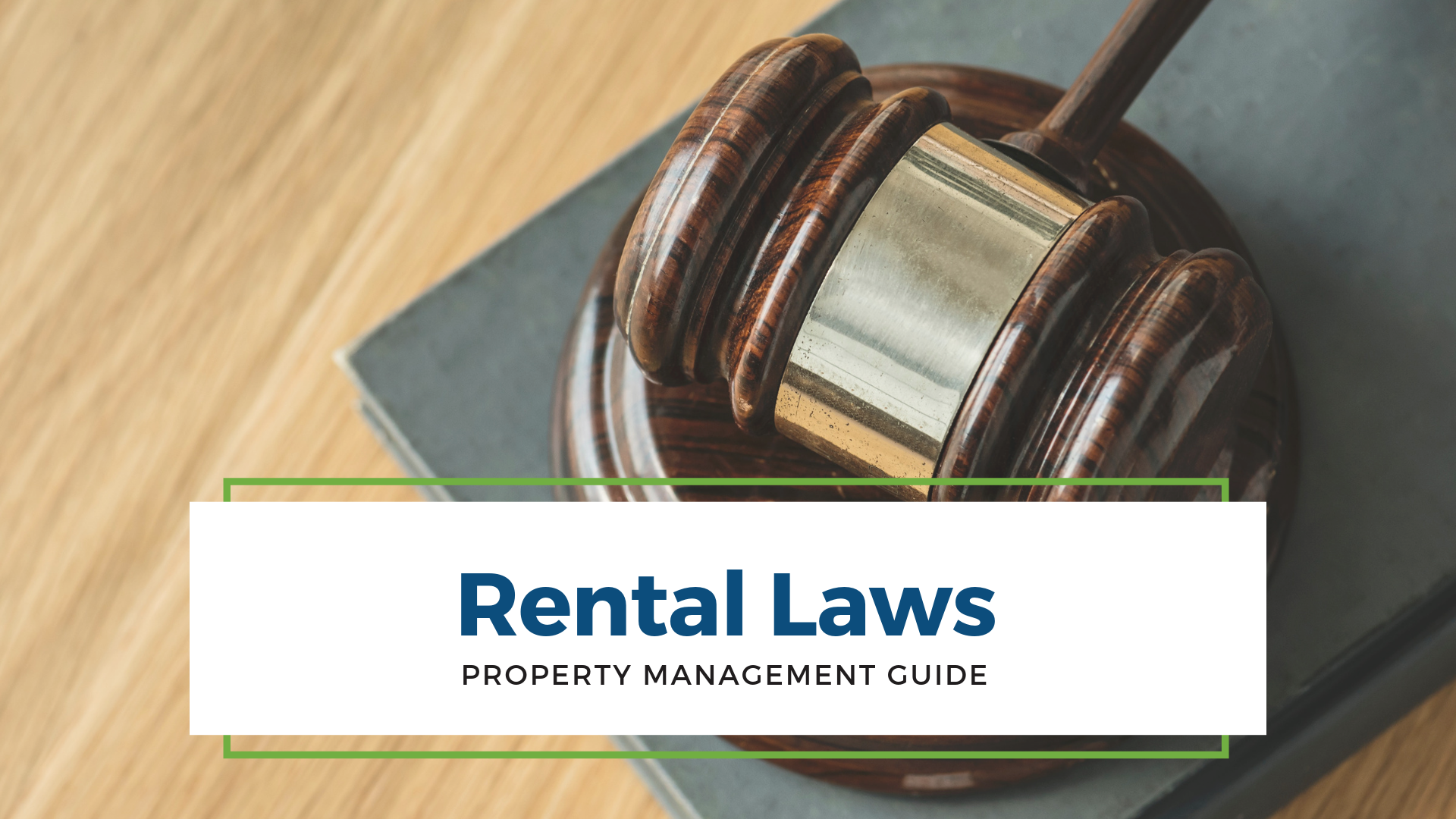The DC red line is home to some of the best real estate markets in the DMV, from DuPont Circle to Bethesda to Silver Spring.
But if you’re looking for affordable housing, look no further than Shady Grove.

You may have heard of it a few times from riding the train, but why is it worth moving out to the end of the red line? Here’s why we think the Shady Grove housing market is worth a closer look.
1. Where is Shady Grove?
Shady Grove is familiar to frequent red line riders (in name at least) thanks to its status at the end of the red line, which runs from Shady Grove to Glenmont and vice versa.
This means that Shady Grove is located in Montgomery County, Maryland, the state’s most populous and affluent jurisdiction. It was established in 1779 and named for General Richard Montgomery. It functioned under the County Commission system until residents voted to give the county home-rule.
2. Why Choose Shady Grove?
Shady Grove is less well-known than its affluent neighbors like Bethesda. It’s also less recognized as a home for professionals than Medical Center, which houses many employees, fellows, and interns of the National Institutes of Health. It’s not a small town like Takoma or a mini-city like Silver Spring.
What Shady Grove does have? Versatility and affordability in spades.
The neighborhood offers a pleasantly diverse mix of old townhomes and new condominium developments. You can find luxury housing, you can find historic housing, you can find affordable housing, and you can find just about everything in between.

There’s plenty to do in Shady Grove, and while it takes a bit longer to get into downtown DC, you’ll find that you don’t miss it–there’s more than enough to occupy your time outside your own front door, with enough of the quiet suburb life to give you some respite.
3. Is Housing in Shady Grove a Good Investment?
As an investment, Shady Grove is actually one of the better investments in the greater DMV. If anything, home prices in the area are astonishingly low compared to the rest of the district.
Montgomery County as a whole has fared better than the rest of the country, between strong employment numbers, a strong school system, and close proximity to the District. In fact, the average days on the market and the months of housing supply are quite low.
The ratio of the average sale price to asking price (97%) along with the low housing supply help to explain why.
The housing market in Montgomery County is firmly a seller’s market, with only a limited number of homes available for sale. That’s because most Montgomery County homeowners aren’t moving if they don’t need to, between the high home prices and concerns that they won’t be able to find another house to buy.
This also means that the housing market is pretty stable in Shady Grove. And with a high demand for affordable housing in the DMV area, Shady Grove appeals to many prospective purchasers who are willing to take a longer commute to pay less for housing.
4. What’s the Average List Price for a House in the Area?
Because Shady Grove is further out into the suburbs, it’s limited housing resources (consistent with the whole county) mean that there aren’t a huge number of homes available on the market.
However, it also means you can buy a home for a price that’s remarkably low, given that it’s in the DC metro area.
Over the last month, the average sale price for a house in Shady Grove was $105K, a mere quarter of what other homes in the DMV can command.
Because Shady Grove is decidedly suburban, there aren’t many condos available. Add in the compounded effect of low housing availability in Montgomery County as a whole and the available listings are all but nonexistent.
That said, Shady Grove offers fantastic value for the DMV, and as more professionals begin to look further afield for affordable housing, Shady Grove will remain a popular housing option because of transit accessibility, which makes it the perfect spot for investors to buy in early.
In addition, the construction of the purple line means that many commuters without cars will have an easier time accessing Shady Grove, which will make it an even more attractive housing option for young couples and new professionals.
5. When is the Best Time to Buy?
The reality is that because of the extremely limited housing for sale in Montgomery County as a whole, you’ll have a better than average chance for much of the year.
However, as a whole, the busiest time for house sellers is from April 1 to April 15, when they can sell a house six days faster and for $3,800 more on average.
That’s because DC as a whole tends to quiet down when summer hits. Between the killer humidity, Congress going on recess, and school being out of session, a significant chunk of the population leaves DC for at least part of the summer. Plus, most buyers want to be moved and settled before the humidity strikes.
Autumn is another busy season, though only on election years. Since DC’s biggest industry is government, the area gets an influx of transitory residents in the run-up to November elections.
Looking Into the Shady Grove Housing Market?
If you’re interested in moving into the Shady Grove housing market, whether you’re a landlord or a homeowner, we’re here to simplify the process of purchasing real estate.
We have decades of experience representing clients in property management and leasing, and we’re here to leverage that expertise in your favor. Ready to see what life can be like in the DMV? We’re ready to help. Click here to start the conversation.



































